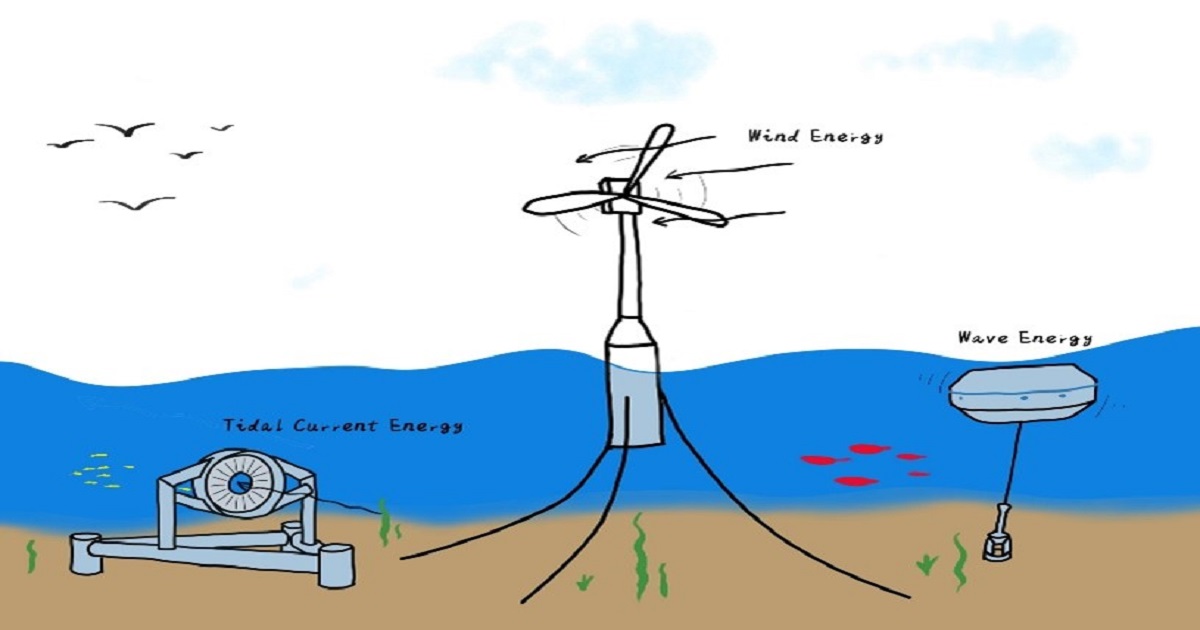Wind, Wave and Tidal Energy Technologies in China
Topic Information
Dear Colleagues,
We would like to invite submissions to this Topic on the subject of Wind, Wave and Tidal Energy Technologies in China.
It is well known that China has ambition for carbon peak and carbon neutralization by 2030 and 2060, respectively. This target offers a large developmental space for offshore renewable energy. Among them, offshore wind is playing a significant role with the largest newly installed capacity having taken place in 2021. During the past five years, China is the leading country in the development of offshore wind technology. Both the bottom-fixed offshore wind turbine and floating wind energy attract great attention from both academia and the industry. However, there are still important challenges related to the implementation of cost-effective technologies that could survive in harsh environmental conditions. At the same time, there is also a considerable potential for wave and tidal energy development in China. Various technologies and devices were developed during the past ten years. As one of the largest markets for offshore renewable energy, we believe China will play an important role in the next few decades. Additionally, its specific conditions and technology will offer a good contribution to the pool of knowledge in this field. Therefore, we provide this important platform to collect and strongly encourage papers that provide innovative technical developments, reviews, case studies, and analytics, as well as assessments and manuscripts targeting wind, wave and tidal energy technology based on the Chinese market.
Dr. Wei Shi
Prof. Dr. Qihu Sheng
Prof. Dr. Fengmei Jing
Dr. Dahai Zhang
Dr. Puyang Zhang
Topic Editors
Keywords
- offshore and floating wind
- tide and wave energy
- floating solar energy
- multi-platform concepts
- arrays of energy converters
- marine operation and installation
- machine learning or data mining related to offshore renewable energy
- numerical analysis
- laboratory tests
- industrial design and manufacturing processes
- economic assessments
